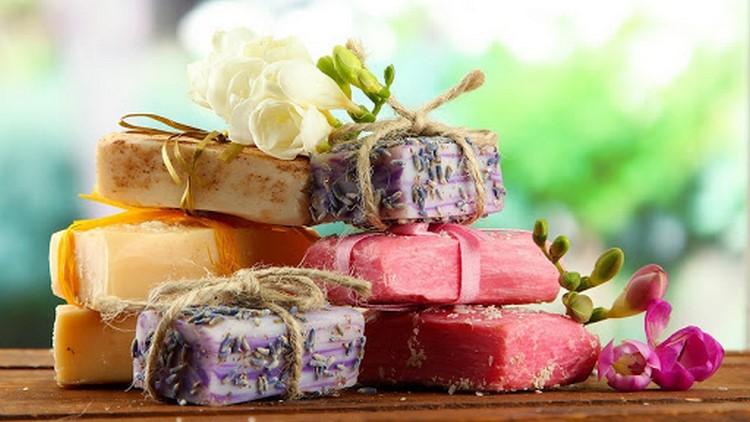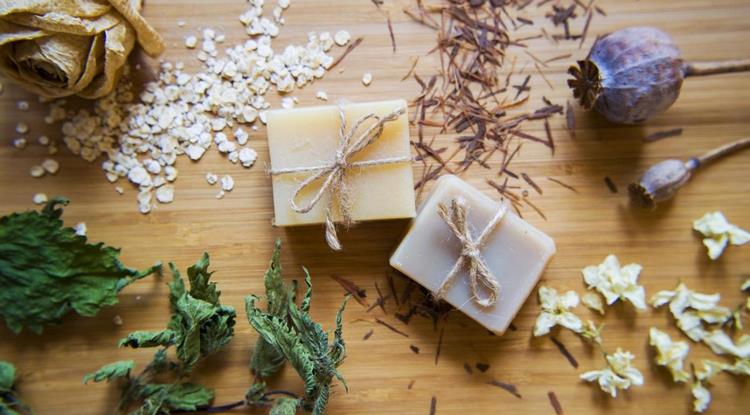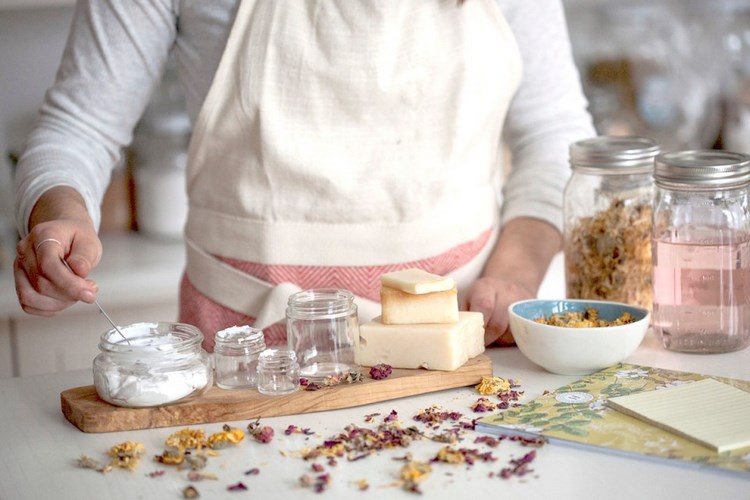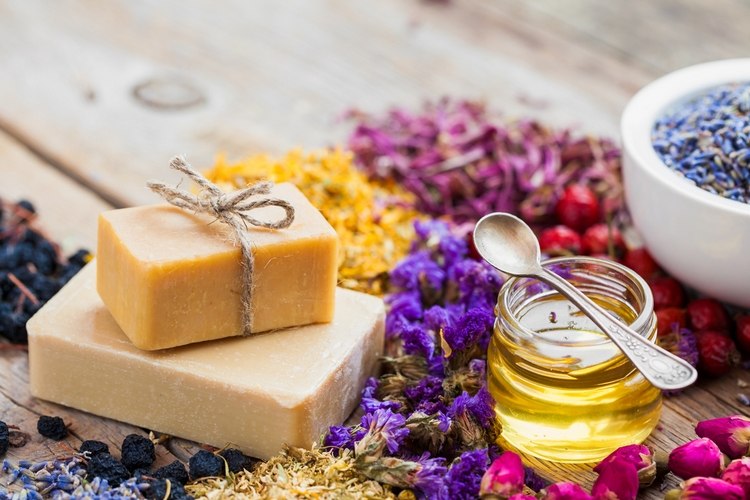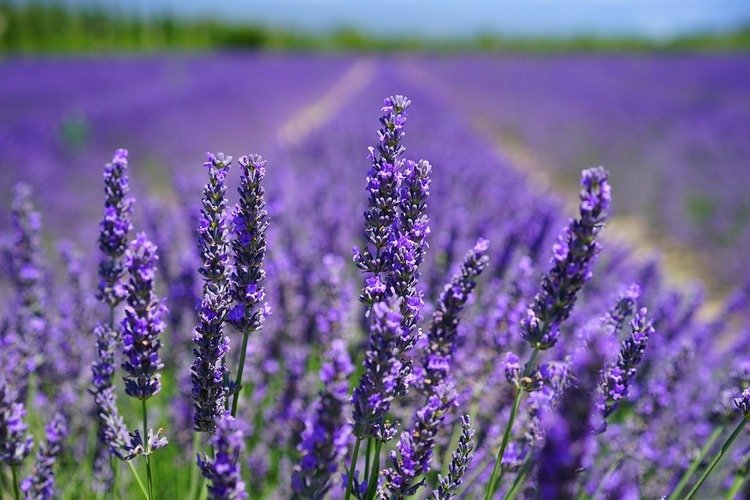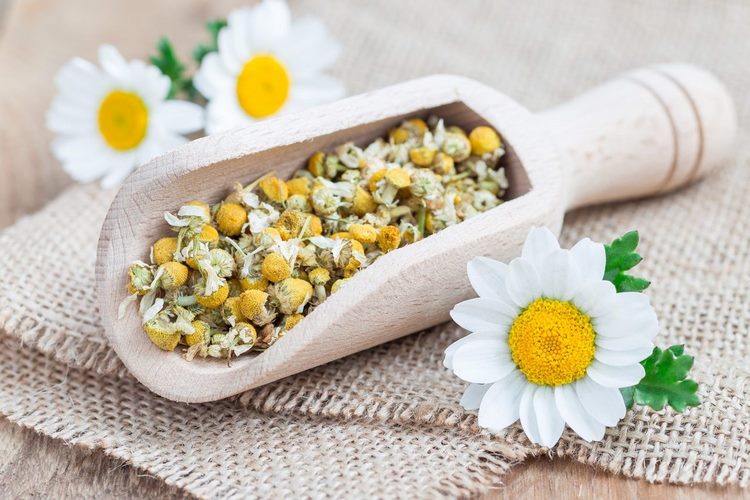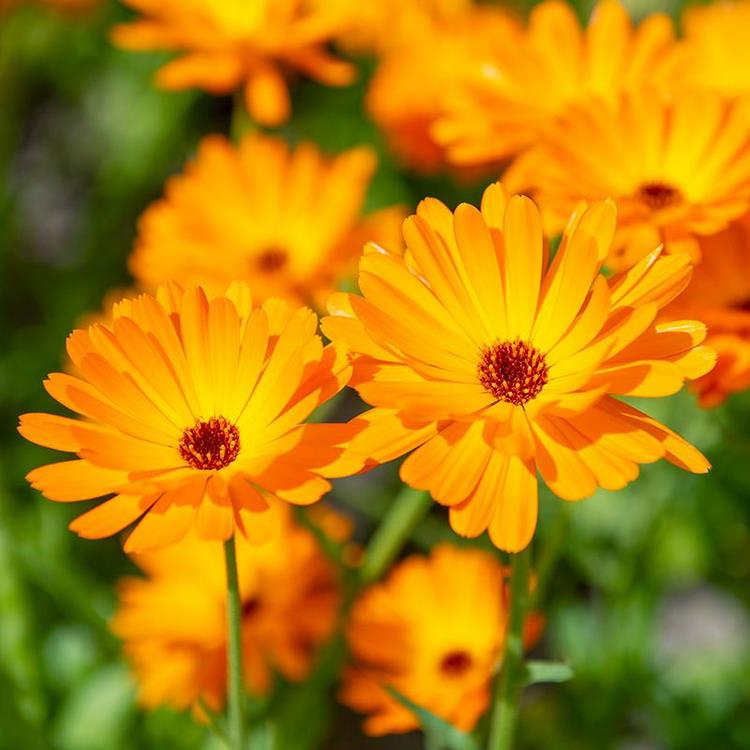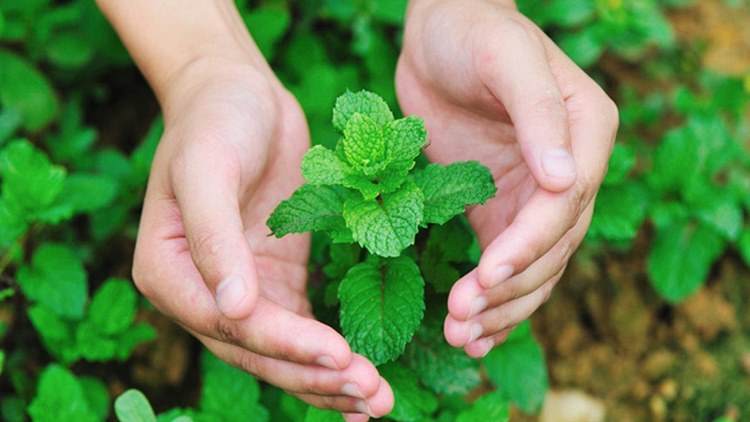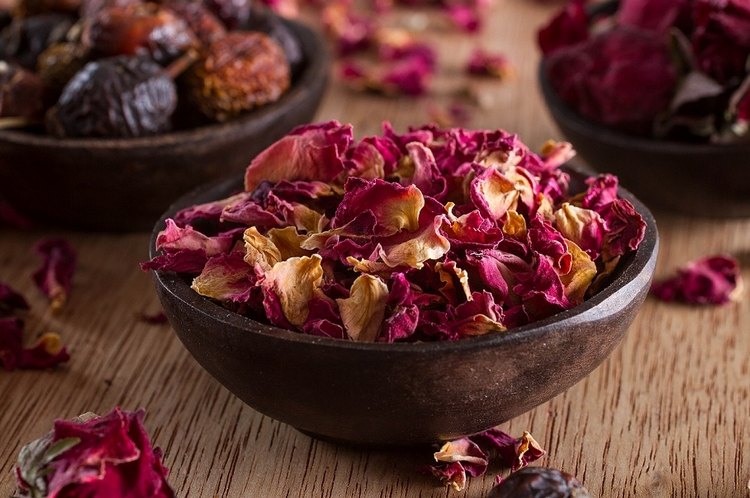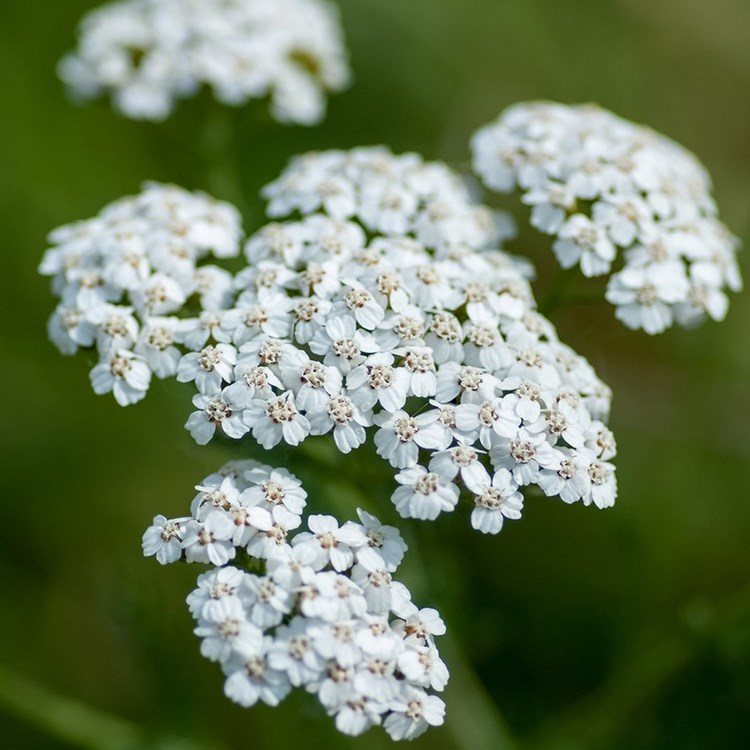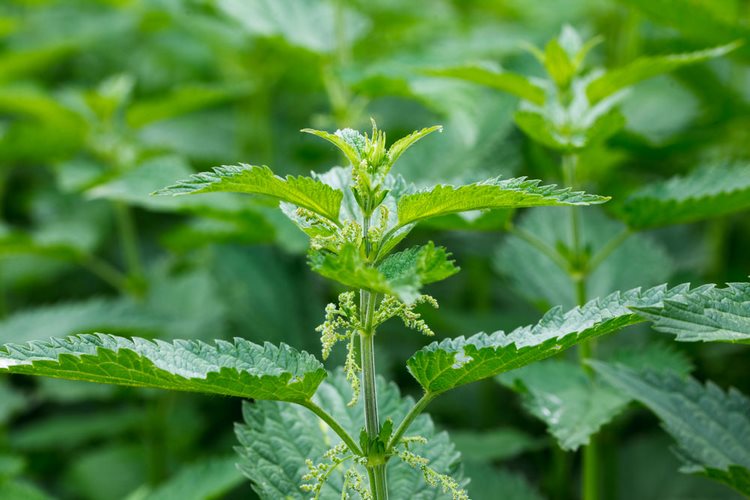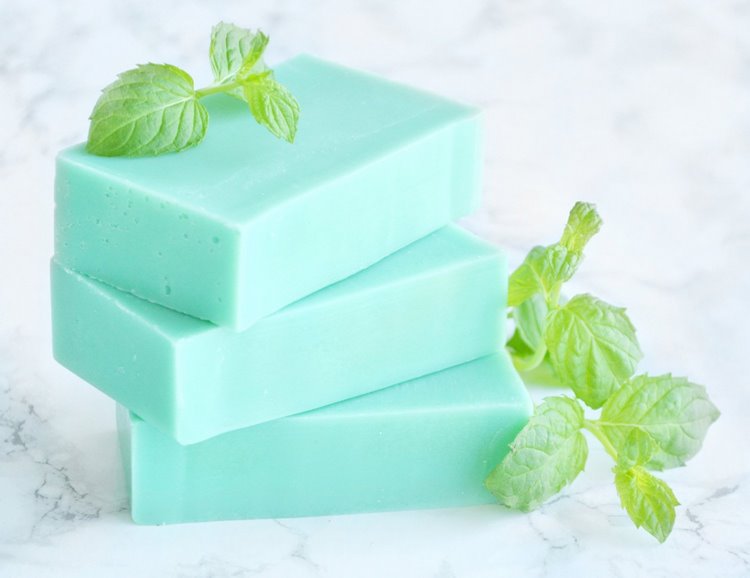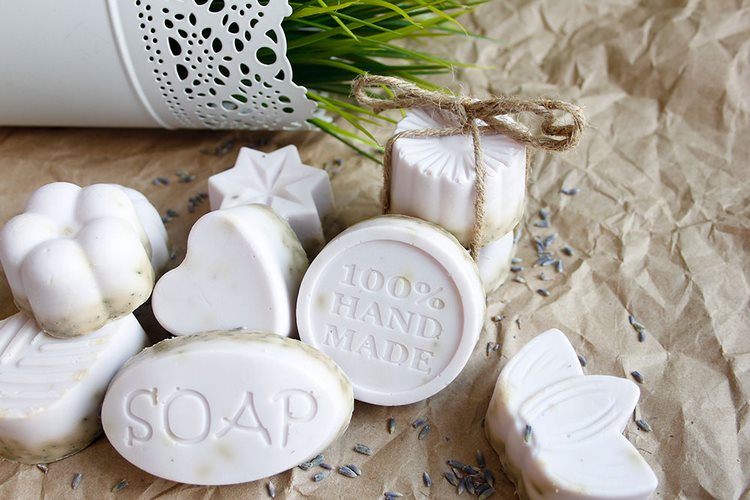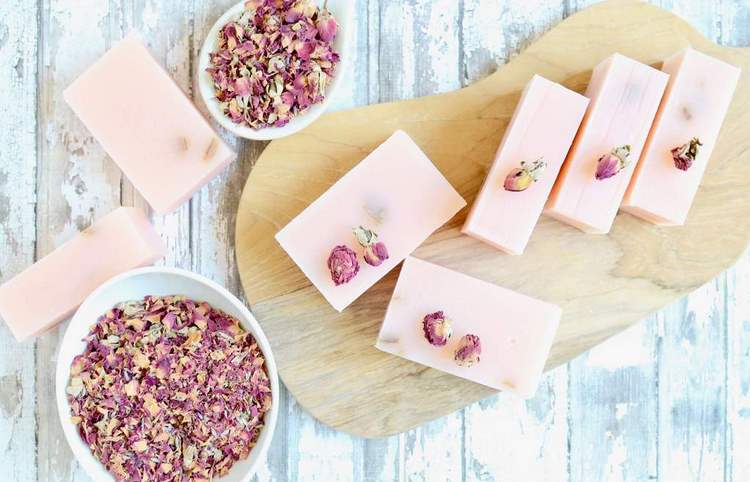We have some fantastic DIY herbal soap recipes which are suitable for any skin type. The benefits of medicinal herbs are undeniable and besides being brewed in tea, they are added to different homemade skin and hair masks as well as other cosmetic products.
Skin cleansing is a necessary procedure to maintain its health and freshness. Natural and healthy herbal soaps not only eliminate all impurities but also provide gentle care for the skin. When you use homemade soap, you control the ingredients, which means that there are no harmful chemicals and your soap will not dry the skin, will not cause irritation or allergic reactions. These natural cosmetic products effectively eliminate germs and bacteria, soothe the skin and relieve inflammation. You will feel the effect after a few weeks and notice that your skin has changed, it has become toned, elastic, and all the rashes and irritations disappeared without a trace. Regular use of herbal soap relieves swelling, stimulates blood circulation, helps eliminate peeling and dry skin and promotes the healing of small wounds and cracks. In addition, due to the natural ingredients, homemade herbal soaps intensively moisturize and nourish the skin, giving it amazing softness and smoothness.
What herbs can you add to your homemade soap and how to use them?
Herbs are added to the ingredients for handmade soaps for their beneficial properties. Dry grass, plant leaves, flowers, tree roots and seeds with different properties are introduced in different proportions. You can add whole, well-dried flowers, for decoration, ground seeds, bark and roots for exfoliating soaps, for coloring soap, etc.
Herbs are affordable ingredients that you can buy at the pharmacy or pick and dry in the summer. Just do not forget that herbs for soap have useful properties only if they are collected away from city roads, noise and dust.
When you add herbs to homemade soap do not forget that only the dried parts of the plants are used. If you use herbal decoctions for your soap instead of water, the rule of thumb is 1 tbsp. spoon of dry herbs per 100-200 grams of purified water. Do not forget that herbal soap does not have a long shelf life, so do not leave it to use for later, but use it after preparation. Here is a list of the most popular herbs that you can add to your homemade soap:
- Strengthening herbs for hair growth and shine – Hop cones, bay leaf, horsetail (Equisetum arvense), lime blossom, burdock root, lovage, parsley, wormwood (Artemisia absinthium), tarragon, rosemary, sage, Birch leaves, cornflower, lavender.
- Herbs preventing dandruff – Curry plant, oak bark, bay leaf, burdock root, lovage, plantain, wormwood, tarragon, thyme, yarrow, hop cones.
- Herbs for oily hair – St. John’s wort, calendula flowers, coltsfoot, horsetail, lime blossom, rosemary, plantain, sage, chamomile, yarrow, burdock root, oak bark, hop cones
- Herbs for dry hair – Coltsfoot, thyme, oak bark.
- Herbs for normal hair – Oak bark, coltsfoot, chamomile, calendula.
- Herbs for dry skin – Cornflower, heather, hibiscus, calendula, lavender, lime blossom, carrot seeds, chamomile, fennel, wild rose.
- Herbs for sensitive skin – Acacia, calendula flowers, yarrow, lavender, lime blossom, fennel, burdock, carrot seeds, chamomile, mountain ash, hops, celandine.
- Herbs for normal skin – Calendula flowers, thyme, lavender, lime blossom, burdock, lemon balm, peppermint, hops, chamomile, mountain ash, yarrow, fennel, celandine.
- Herbs for oily skin – sage, birch leaves, hops, oak bark, oregano, nettle, bay leaf, lovage, lemon balm, peppermint, thyme, rosemary, celandine, parsley, tansy, plantain, wormwood, tarragon, chamomile, horsetail.
- Chamomile, calendula, linden, celandine, ginger root, hop cones and burdock root are suitable for almost all types of skin and hair. They restore the subcutaneous lipid-fat balance, have wound healing, nutritional and antiseptic properties and are easily accessible.
Lavender is one of the most popular ingredients in DIY herbal soap recipes. It has a light and comforting scent and its antibacterial properties help healing wounds.
Chamomile is a gentle healing herb. As an antibacterial, anti-inflammatory herb that is high in antioxidants it has soothing and calming effect. It also removes bacteria on the skin.
Calendula, also known as pot marigold, has many benefits. It has anti-inflammatory, antioxidant, antibacterial, and antiviral properties and helps removing redness from the skin. It is great for acne as well. Calendula helps hydrate the skin so that the moisture is maintained and prevents premature aging.
Mint has antibacterial properties and a characteristic scent. The plant has several varieties – peppermint, spearmint, chocolate mint, grapefruit mint and all of them are great for soap making.
Rosemary is another herb, widely used in herbal soap making. It is full of antioxidants and has antibacterial, anti-fungal and antiviral properties.
Rose petals contain a lot of Vitamin C, which is beneficial to the skin. They are great for softening the skin and gentle exfoliation.
Yarrow has great antibacterial and antiseptic properties and fights against inflammation. It is great for a variety of skin conditions like acne and eczema. It also helps for wounds healing.
Nettle is rich in vitamins and minerals. Its anti-inflammatory properties make it ideal for skin and hair care products like homemade herbal soap. It calms and soothes the skin and is recommended for acne and other conditions.
DIY herbal soap recipes – Handmade Rosemary Soap
Ingredients:
- 3 teaspoons dried rosemary leaves
- 1kg Melt and pour soap base
- 2 teaspoons rosemary essential oil
Instructions:
Finely chop rosemary leaves in an electric coffee grinder or small food processor.
Place soap base into a heatproof bowl over a saucepan of simmering water. Stir until soap base has melted. Remove from heat and allow the base to rest for 5 minutes.
Stir in rosemary essential oil and mix well. When the soap base begins to thicken add in the chopped rosemary.
Carefully pour small amounts of soap into your molds. Wait for 1-2 minutes before pouring in another layer on top.
Allow soaps to cool and set at room temperature before unmolding.
Mint and Chamomile Soap Recipe
Ingredients:
- 7 ounces (200g) glycerin melt-and-mold soap base
- 1 tablespoon dried mint
- 1 tablespoon dried chamomile
- 5 drops peppermint oil
Instructions:
Lightly grease your molds with oil.
Place the soap base in a heat-proof bowl over a pan of barely simmering water. The water should not touch the bottom of the bowl. Melt soap, stirring from time to time, until liquid. Remove bowl from heat. Stir in mint, chamomile and peppermint oil and mix thoroughly.
Pour the soap into the greased molds. Leave to set for at least 4 hours before unmolding.
DIY Lavender and Shea Butter Herbal Soap
Ingredients:
- 1 pound (450g) Shea Butter Melt and Pour Soap Base
- 1/2 cup dried lavender flowers
- 5 drops lavender essential oil
Instructions:
Cut the shea butter soap base into small squares and place them into a microwave-safe dish. Microwave on high for 30 seconds, stir and keep heating in the microwave in 10-second increments until the entire soap base is liquid and smooth.
Stir in the lavender flowers and essential oil.
Pour into mold shapes.
Let sit for 40 minutes to an hour to harden before unmolding.
Homemade rose petals soap recipe
Ingredients:
- 4 oz (110g) of melt and pour soap base
- 1/2 cup dried rose petals
- 6 drops rose essential oil
- 4 drops ylang ylang essential oil
- 2 drops vanilla extract
- Soap colorant, optional
Instructions:
Crush the petals.
Place the soap base in a heat-proof bowl over a pan of barely simmering water. The water should not touch the bottom of the bowl. Melt soap, stirring from time to time, until liquid. Remove bowl from heat.
Mix in the essential oils, vanilla extract soap colorant, if using, and the rose petals.
Place a rose bud on the bottom of each mold and then pour in your soap mixture
Let cool for an hour or two before unmolding.

